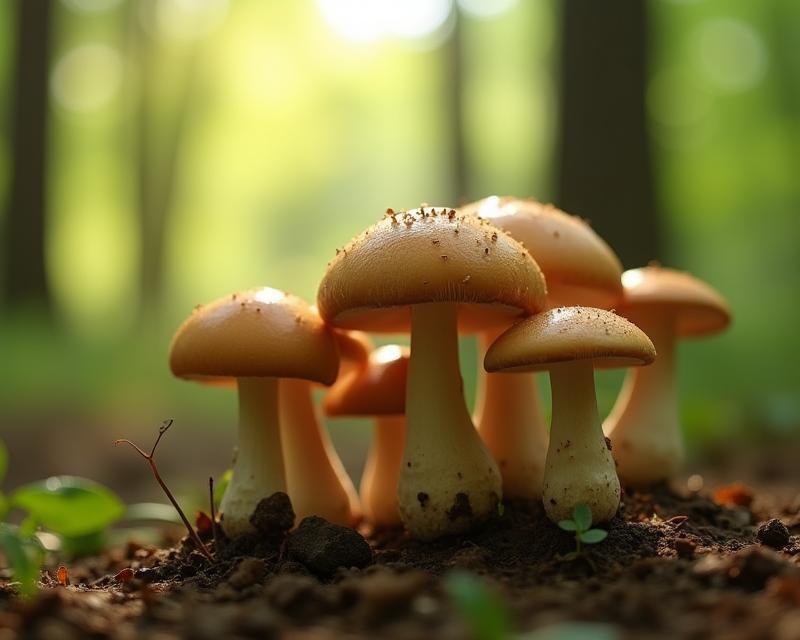Wild Porcini: A Forager's Guide
Publish in Crops el 22/07/2025 16:41
Wild Porcini: A Forager's Guide
For farmers, gardeners, and ranchers, understanding the natural world around you is key. And for those with a keen eye, the forests can offer a delicious reward: the wild porcini mushroom (Boletus edulis). These prized fungi are a culinary delight, sought after for their rich, nutty flavor and meaty texture. But foraging for wild mushrooms requires knowledge and caution. This guide will help you identify porcini and distinguish them from potentially dangerous look-alikes.

Identifying the Real Deal
The porcini mushroom is a magnificent sight. Here are some key characteristics to look for:
- Cap: The cap is typically a rich brown, ranging from light tan to dark chocolate, often with a slightly sticky surface, especially when damp.
- Pores: Instead of gills, porcini have pores underneath the cap. These pores are white when young, turning yellowish-green, then olive, and finally a creamy yellow with age. This color change is a crucial indicator.
- Stem: The stem is stout, often bulbous at the base, and usually lighter in color than the cap. It’s typically covered in a fine, fibrous network.
- Flesh: The flesh is firm and white, and doesn't change color when cut. It has a pleasant, earthy aroma.
Beware of Look-Alikes!
Unfortunately, some mushrooms can resemble porcini and are poisonous. Here are a few to watch out for:
- Bitter Bolete (Tylopilus felleus): This mushroom is generally not considered deadly, but it’s extremely bitter and inedible. It has a distinct, unpleasant taste that will deter you from eating it.
- False Porcini (Boletus badius): Also known as the Bay Bolete, this mushroom has a dark brown cap and a more uniform color throughout. While not poisonous, it's not as prized for its flavor as the true porcini.
Never eat a mushroom unless you are 100% certain of its identification. When in doubt, leave it behind. It's always better to be safe than sorry.
Sustainable Foraging
Foraging should be done responsibly. Only harvest mushrooms you can positively identify. Avoid over-harvesting in any one area. Consider using a mesh bag to allow spores to disperse as you walk. And most importantly, respect the environment. Leave the forest as you found it, ensuring the continued growth of these amazing fungi for years to come. Happy foraging!





